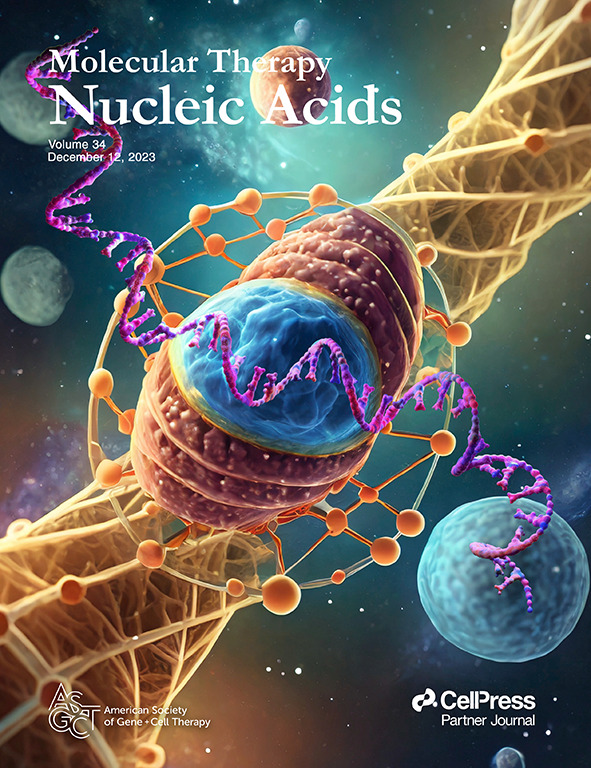Differential network analysis reveals the key role of the ECM-receptor pathway in α-particle-induced malignant transformation
IF 6.5
2区 医学
Q1 MEDICINE, RESEARCH & EXPERIMENTAL
引用次数: 0
Abstract
Space particle radiation is a major environmental factor in spaceflight, and it is known to cause body damage and even trigger cancer, but with unknown molecular etiologies. To examine these causes, we developed a systems biology approach by focusing on the co-expression network analysis of transcriptomics profiles obtained from single high-dose (SE) and multiple low-dose (ME) -particle radiation exposures of BEAS-2B human bronchial epithelial cells. First, the differential network and pathway analysis based on the global network and the core modules showed that genes in the ME group had higher enrichment for the extracellular matrix (ECM)-receptor interaction pathway. Then, collagen gene COL1A1 was screened as an important gene in the ME group assessed by network parameters and an expression study of lung adenocarcinoma samples. COL1A1 was found to promote the emergence of the neoplastic characteristics of BEAS-2B cells by both experimental analyses and immunohistochemical staining. These findings suggested that the degree of malignant transformation of cells in the ME group was greater than that of the SE, which may be caused by the dysregulation of the ECM-receptor pathway.差异网络分析揭示了 ECM-受体通路在α粒子诱导的恶性转化中的关键作用
太空粒子辐射是太空飞行中的一个主要环境因素,已知会造成身体损伤,甚至诱发癌症,但分子病因不明。为了研究这些病因,我们开发了一种系统生物学方法,重点对单次高剂量(SE)和多次低剂量(ME)粒子辐射暴露 BEAS-2B 人支气管上皮细胞的转录组学概况进行共表达网络分析。首先,基于全局网络和核心模块的差异网络和通路分析表明,ME 组的基因在细胞外基质(ECM)-受体相互作用通路中的富集度更高。然后,通过网络参数和肺腺癌样本的表达研究,筛选出胶原蛋白基因COL1A1是ME组的重要基因。通过实验分析和免疫组化染色发现,COL1A1能促进BEAS-2B细胞出现肿瘤特征。这些发现表明,ME 组细胞的恶性转化程度高于 SE 组,其原因可能是 ECM 受体通路失调。
本文章由计算机程序翻译,如有差异,请以英文原文为准。
求助全文
约1分钟内获得全文
求助全文
来源期刊

Molecular Therapy. Nucleic Acids
MEDICINE, RESEARCH & EXPERIMENTAL-
CiteScore
15.40
自引率
1.10%
发文量
336
审稿时长
20 weeks
期刊介绍:
Molecular Therapy Nucleic Acids is an international, open-access journal that publishes high-quality research in nucleic-acid-based therapeutics to treat and correct genetic and acquired diseases. It is the official journal of the American Society of Gene & Cell Therapy and is built upon the success of Molecular Therapy. The journal focuses on gene- and oligonucleotide-based therapies and publishes peer-reviewed research, reviews, and commentaries. Its impact factor for 2022 is 8.8. The subject areas covered include the development of therapeutics based on nucleic acids and their derivatives, vector development for RNA-based therapeutics delivery, utilization of gene-modifying agents like Zn finger nucleases and triplex-forming oligonucleotides, pre-clinical target validation, safety and efficacy studies, and clinical trials.
 求助内容:
求助内容: 应助结果提醒方式:
应助结果提醒方式:


